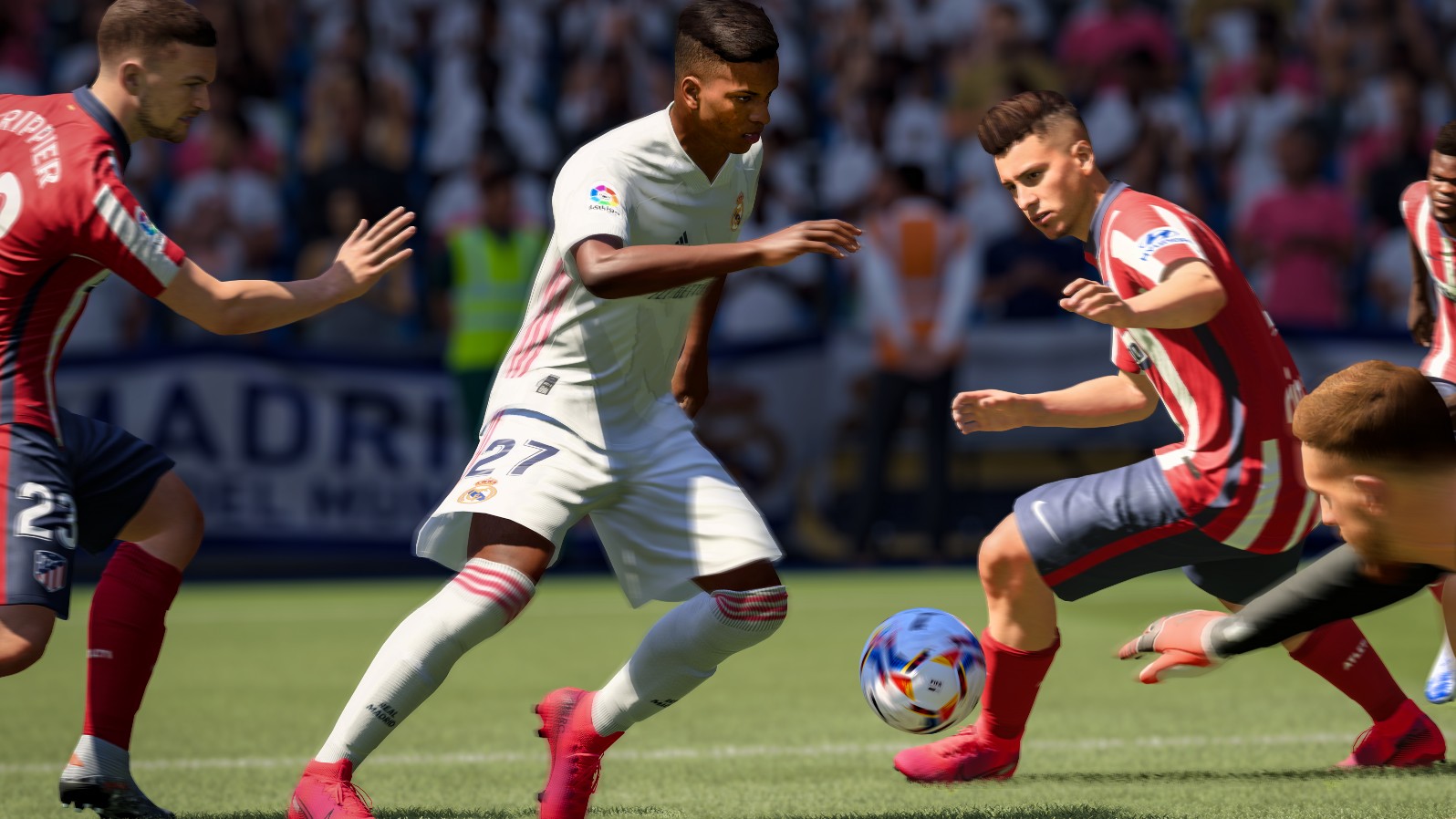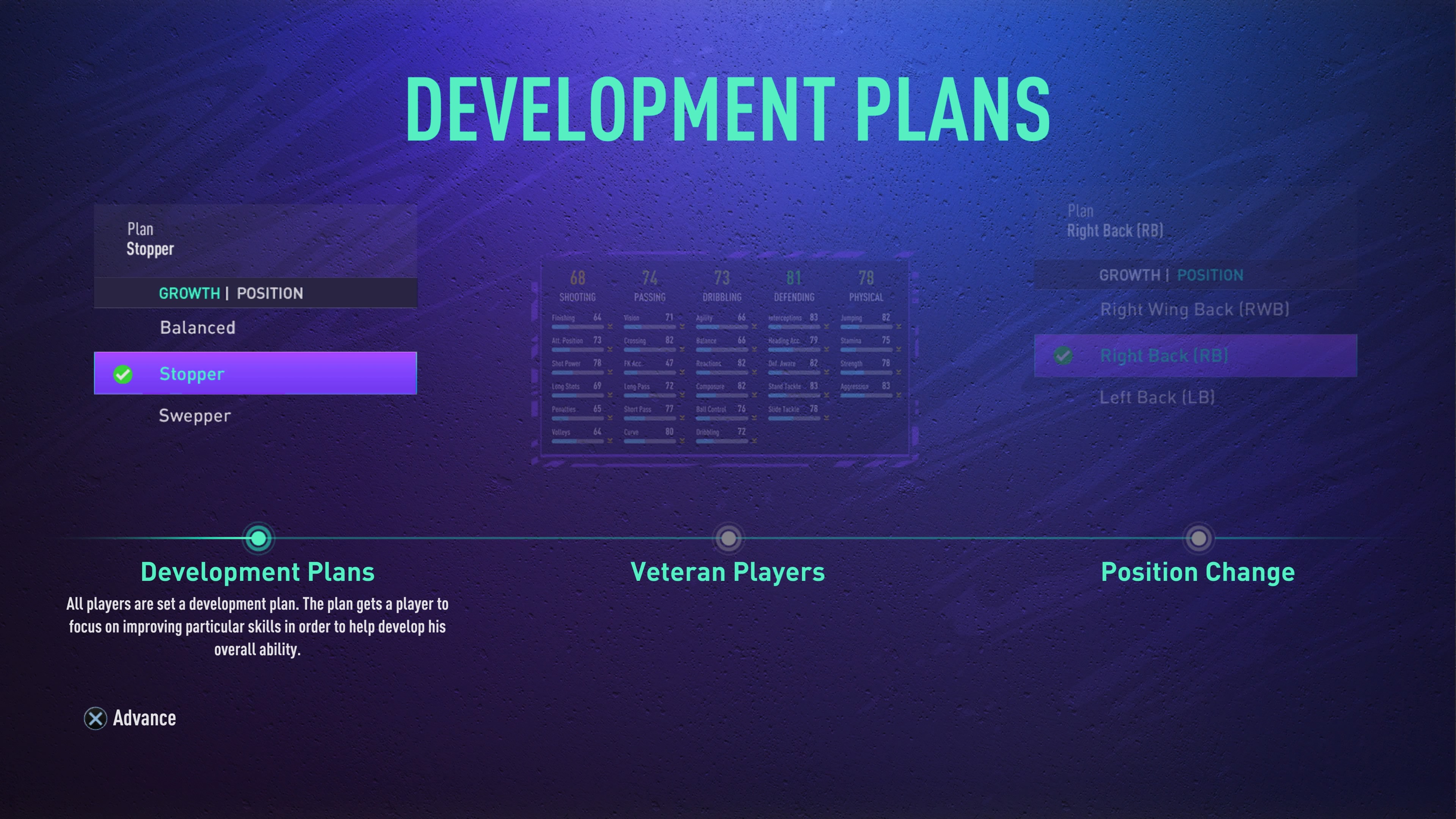FIFA 21 tips and tricks: Master the beautiful game
These tips will turn you into a FIFA 21 superstar

The new season has begun! FIFA 21 is out so lace up your boots and start training. The newest entry doesn't add any major additions to the franchise, but changes to existing modes require you to adjust the way you play. The on-the-pitch gameplay was also tweaked and new methods for attacking and defending will give you a leg-up on opponents who fail to update their tactics.
Just like in real life, becoming a virtual soccer star doesn't happen overnight. It requires practice and knowledge. We can't help you with the former, but the below tips will equip you with the know-how to take on opponents, progress through a successful career as a manager, or acquire the best FUT team possible. No matter how you play FIFA 21, this guide will help you in your quest to raise the Champions League trophy or grow youth players so they can become the next Lionel Messi.
- FIFA 21 review
- Xbox Series X: price, release date and specs
- PS5: Specs, price, release date and more
1. Master Career Mode's new development system
Finally! EA fixed the atrocious youth development system from the past few FIFA entries. No longer are you restricted to training five youth players at a time and crossing your fingers that they don't fail drills when you simulate through them.
In FIFA 21, youth development is dependent upon player form and the growth plan you choose. The best way to improve form is by giving youth players minutes in games, even if it means subbing them on in the 70th minute.

The other way to expedite youth development is by choosing the correct plan for each player. Gone is the training system and in its place are growth plans that take position and specialties into account. Choosing the correct plan for a young player will ensure they improve in the correct areas for their position and style of play.

For example, if I want Alfonso Davies to be a wide full back, I would choose the "Attacking wide back" option and his vision, crossing, curve and short passing abilities would increase more than others. Alternatively, the "Defensive Wide Back" option raises his aggression, standing tackle and reactions, but not the other traits. By default, each player is set to "Balanced," which spreads the points evenly across the most traits without focusing heavily on one area.
Keeping your players on Balanced is the easy way out. One way of knowing what plan is best is by looking at the ETA in the top-left corner that shows when the player's overall ranking will go up. Once you've chosen a plan, it's mostly set-it-and-forget-it -- the player will grow in the background throughout the year.
Sign up to receive The Snapshot, a free special dispatch from Laptop Mag, in your inbox.
2. Shape your players into superstars
Along with improving individual traits, players can, for the first time, upgrade their weak foot and skills star ratings using the method outlined above. In theory, this opens the door to create the perfect 5:5 (5-star weak foot, 5-star skills) player who can terrorize a defense with a flurry of moves then cut in from the wing to take a shot on their weaker foot. Just be thoughtful about which players get these particular upgrades. Defenders shouldn't sacrifice tackling traits for a skill move bonus they won't ever use. Wingers, on the other hand, could benefit from having new skills in their arsenal and a stronger weak foot.
Additionally, in FIFA 21, you can change a player's position by adjusting their training plan. You want to be careful about doing this as well — adjusting a player's position can mean focusing on areas where they struggle and ignoring what they're best at. For example, if I want Erling Haaland to be a left-back, his blossoming shooting abilities would be abandoned while his rock-bottom defending skills would take ages to get up to a sufficient level. When changing a player's position, think about moving them to adjacent roles (ST to CF; RB to LB).
3. Complete training drills before simulating
FIFA 21 introduces a new training system that will keep you busy even when it's not a match day. On off days, you can decide whether to train, rest or recover. In general, it's a good idea to rest the day before a match and recover the day after. Depending on your team's fitness level, it might make sense to take a few more days off.

On training days, your team will be split into three groups, each of which runs its own drill. Let me save you some frustration: these drills need to be manually completed before you start simulating. Why? Because the simulated grade will match the highest rating you received when playing the mini-games on your own. Haven't completed a drill? That group of players will fail when you simulate. If players fail, they receive the fewest amount of sharpness points while losing the most fitness, so you'll want to complete each drill before simulating.
Yes, it's possible to finish all the drills in the first month of a season and then spend the next 11 months simulating. It's a flawed system, but at least this way your players will stay sharp without burning out.
4. Master the new gameplay mechanics
The gameplay in FIFA is improved from the previous entry. Along with more subtle changes, new Creative runs add a feature fans of the franchise have requested for years. Instead of passing to a player and watching the passer stop dead in their tracks, you can now tell them in what direction to continue their run.

This is achieved by flicking the right joystick immediately after passing the ball. If you've done it correctly, you'll see a green arrow under the passer pointing in the direction they will run. The feature isn't perfect; the passer will continue a run until they are offside so be careful using this trick with defenders or you could leave yourself exposed at the back.
You should also be aware that headers are now, well, not impossible to execute. You don't need to whip in an early cross to have any chance of scoring. Headers are, as they should be, based on numerous variables, from the player's height and strength to the placement of the ball and positioning of the defender.
5. FIFA 21 FUT: Don't buy packs
In the same way I wouldn't recommend spending a paycheck on the lottery, your odds of scoring big from a Gold Pack purchased with real money is low. Instead, the best way to unlock a team of top players is by putting in the time and effort. Play games, complete squad building challenges, ace tasks, and advance in a season's rank to get new gold packs.

Gold packs are easy to come by in FIFA 21. You get them from completing a range of game types and challenges so the transfer market is flooded with gold cards. As such, you will never get back what you pay for gold card packs. Another way to own FUT is by dominating the transfer market. Keep tabs on players and see how they do in real life. When an unknown player does well in an actual game, their value can double or triple within minutes. Be quick on the draw and list that player on the transfer market for more than they're usually worth.
6. FUT players should download the official FIFA web app

Released on September 30, the official FIFA FUT web app lets you take control of your FUT club no matter where you go. Signing players, customizing your stadium and sorting through your players using the web app on your laptop, tablet or smartphone. You can't play matches, but almost every other tool available in FIFA 21 can be used in the web app.
7. Practice every type of shot
This is one of the few things on this list that hasn't changed from the previous year. The more shots you know how to perform, the higher the chances of you scoring. It's not just about knowing the shot, it's also about knowing when to use the shot.
For example, a chip shot (L1+ O on PS4) is a great option when the goalie clears their line. A finesse shot (R1 + O) should only be used when you have plenty of space and need to bend the ball into the corner of the net. In a 1-on-1 situation with a goalie? Try to use the low driven shot (R1 + L1 + O), which forces the goalie to drop to the ground.
The newest type, timed shots, can be very tricky so be sure to practice these in the training drills before attempting them in a match. Executing a timed shot requires you to tap the shot button two times, once to begin shooting and the second time just before the ball is kicked. Time it properly and you'll be going upper-90 from 40 years out every time.
8. Get to know your players
I can't emphasize this point enough: knowing your players' strengths and weaknesses can be the difference between winning and losing matches. Speed kills so if you have a quick player along the lines of Leroy Sane or Raheem Sterling then exploit that pace and spring past defenders. Don't try sending Wes Morgan up the wing to outrun midfielders, instead, use his size and strength to win headers.

Knowing your team also means learning the dominant foot of each player and having an idea of their skill moves and fitness level. This way, you have a better chance of completing passes or scoring goals, and when a player with poor endurance is fatigued, you can sub them out so they aren't tired during the next match. The best to learn more about your players is by studying each of their attributes in the Squad Hub.
Phillip Tracy is the assistant managing editor at Laptop Mag where he reviews laptops, phones and other gadgets while covering the latest industry news. After graduating with a journalism degree from the University of Texas at Austin, Phillip became a tech reporter at the Daily Dot. There, he wrote reviews for a range of gadgets and covered everything from social media trends to cybersecurity. Prior to that, he wrote for RCR Wireless News covering 5G and IoT. When he's not tinkering with devices, you can find Phillip playing video games, reading, traveling or watching soccer.

